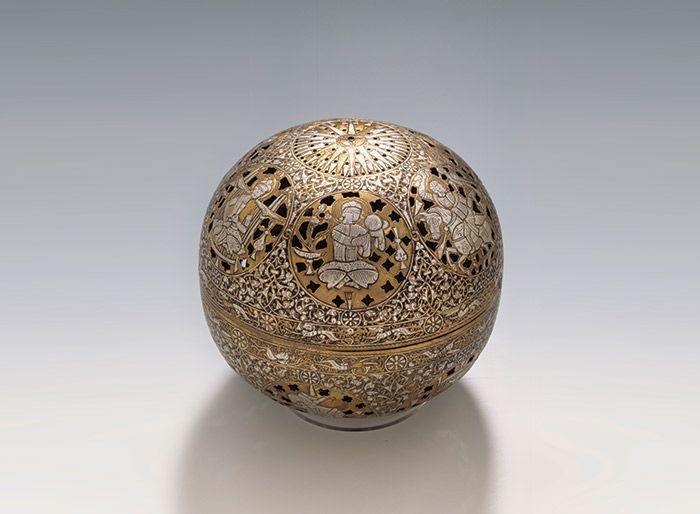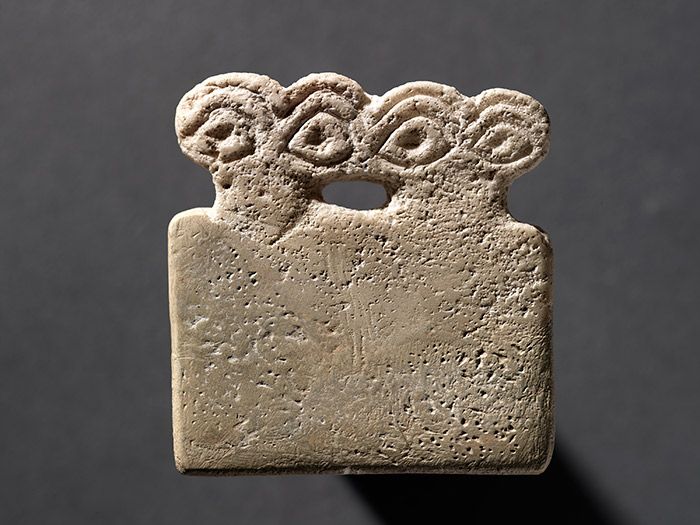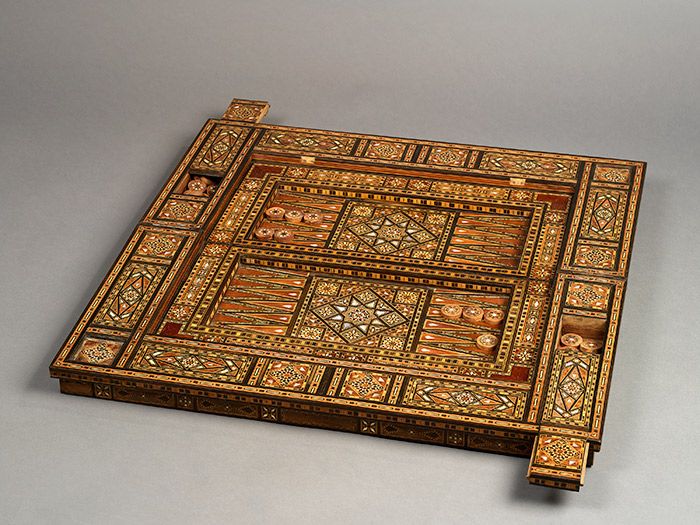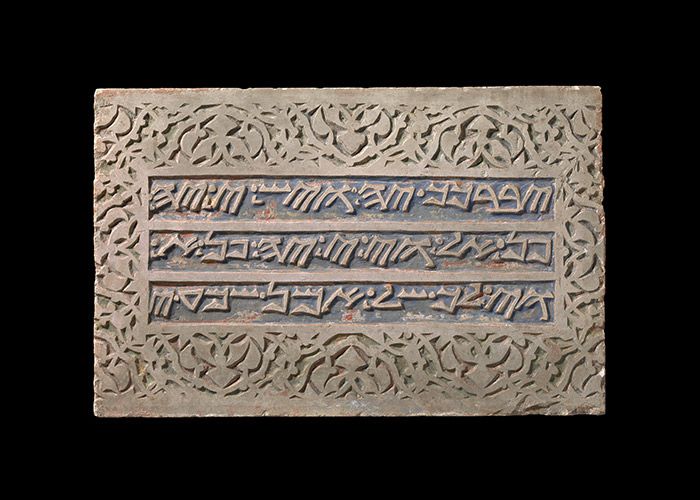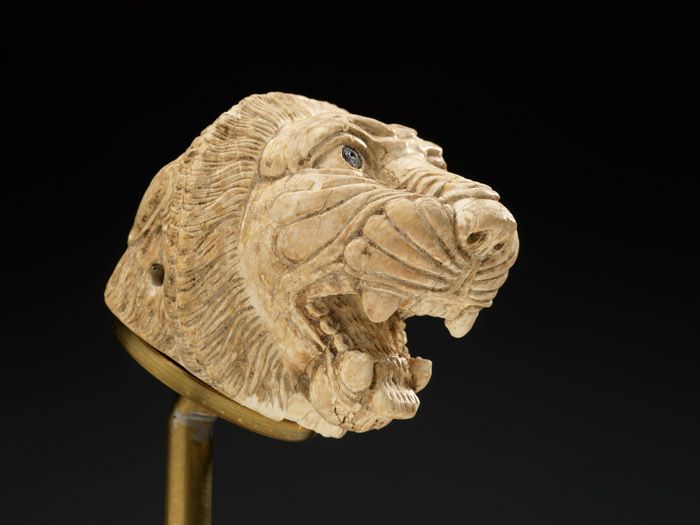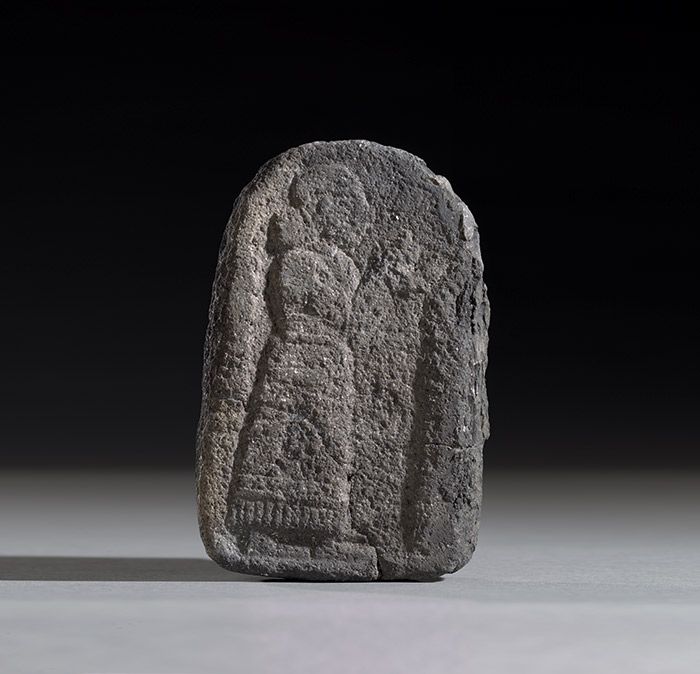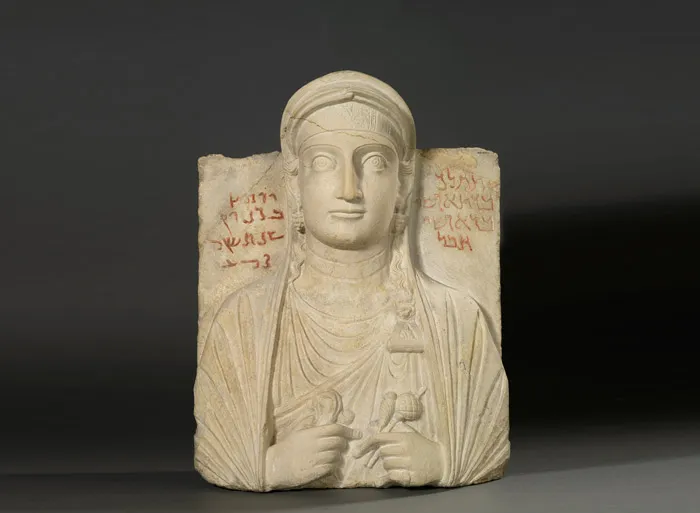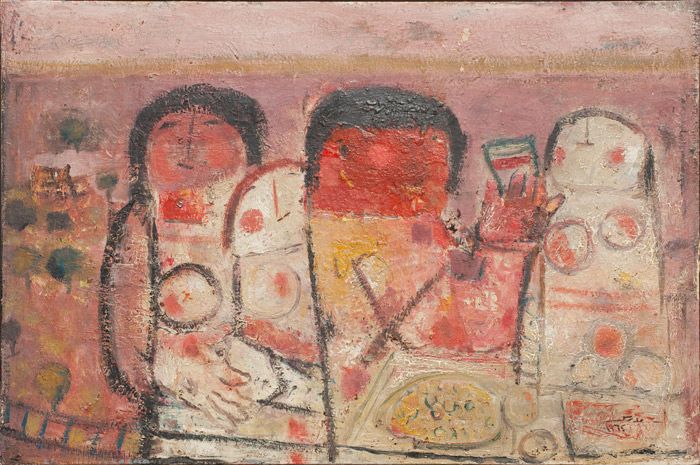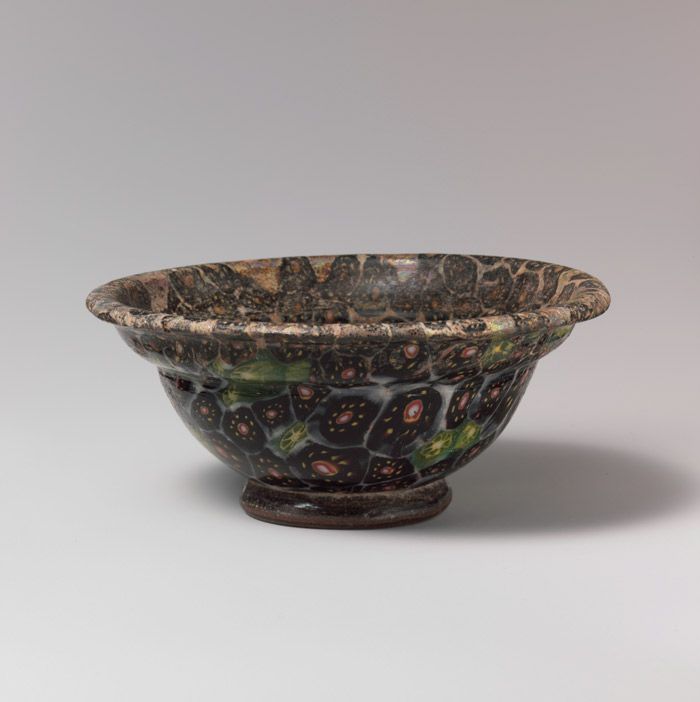New Art Exhibition Celebrates 5,000 Years of Syria’s History
Syria is more than just a refugee crisis
For the last several years, the eyes of the world have turned to Syria as the escalating civil war drives one of the most serious refugee crises in recent history. While the country might be nearly synonymous with pain and destruction in current headlines, Syria has a long history of a diverse, resilient and artistic culture. Now, a new exhibition at the Aga Khan Museum in Toronto features the first major exhibit on Syria’s unique historical legacy since its civil war began, Nigel Hunt reports for CBC News.
The exhibit, titled Syria: A Living History, features 48 works from the past 5,000 years, including artifacts loaned from an international collection of museums and private collections. Each item highlights a part of Syria’s ancient history at the crossroads of trade between many different cultures and societies, and how being at that epicenter enriched its own history, the Edmonton Journal reports.
“We hope that a better appreciation of Syria’s priceless contributions to the world’s heritage over five millennia will add urgency to the efforts to bring about peace and reconciliation in that country,” Henry Kim, the director of the Aga Khan Museum, says in a statement. “The sheer variety of these artifacts and their cultural breadth reveal just how multicultural Syria was, long before the term ‘multicultural’ was even invented, and how essential that diversity was to the development of so many of the world’s greatest civilizations.”
Included in the show are items like a lion’s head carved from ivory around the 9th-8th centuries B.C. and an intricately decorated backgammon set from the 1800s. One object with a particularly intriguing history is an ancient stone stele dating back to the 10th-9th centuries B.C., which depicts a person in prayer, Tim Cornwell writes for The Art Newspaper. It was first found by German diplomat Max von Oppenheim, who discovered the 3000-year-old Aramaean city-state of Guzana in the northern Syrian desert in 1899. Through much difficulty, Oppenheim arranged for it and other artifacts to be taken to Germany and exhibited in Berlin. However, the stele was damaged in a bombing raid during World War II.
While the exhibit features carvings and art pieces made throughout the past few thousand years, it is as much about contemporary Syria and the country’s future as it is about the past. The exhibit also features modern art, as well as a lecture on how conservationists and archaeologists are struggling to preserve ancient ruins and artifacts in the midst of the ongoing war, Cornwell reports.
“We are trying to communicate much more than the civil war that’s going on, how rich a cultural history Syria has,” curator Filiz Çakır Phillip tells Cornwell. “One of our major aims is to show the artistic continuity in Syria—we don’t want people to think that because of the war everything has stopped, that there are no artists—so we have included modern and contemporary art.”
“Syria: A Living History” will be on display at the Aga Khan Museum in Toronto, Canada from October 15 through February 26, 2017.
